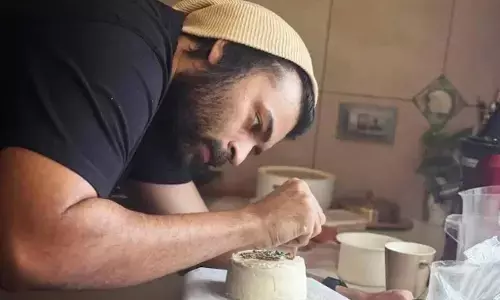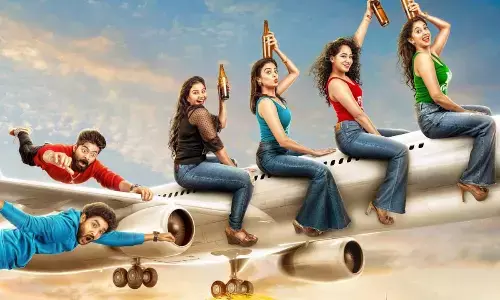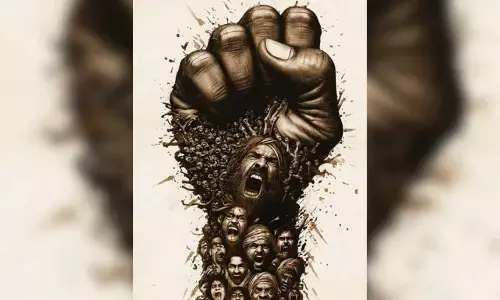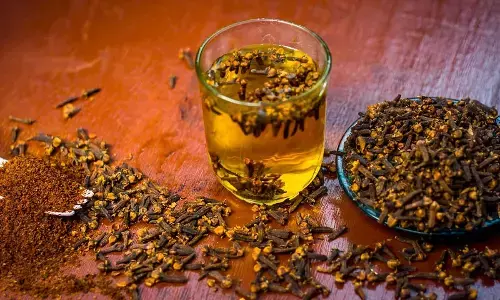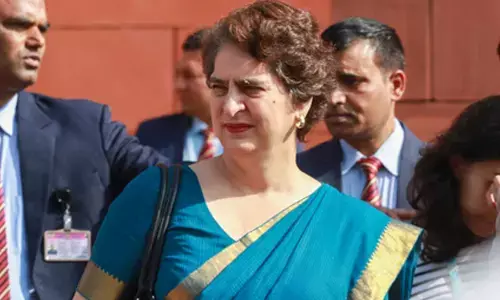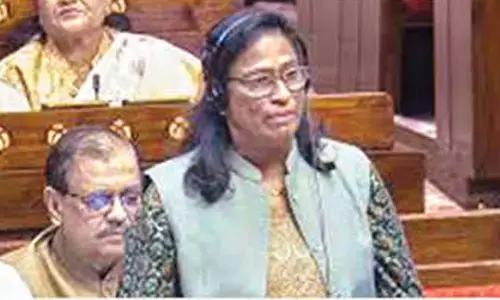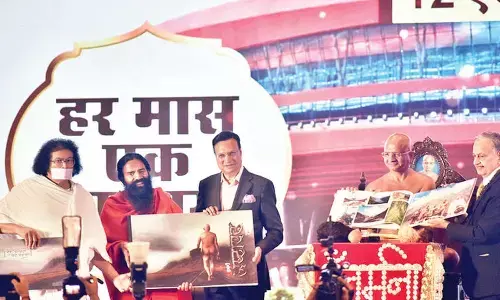India’s struggle for independence
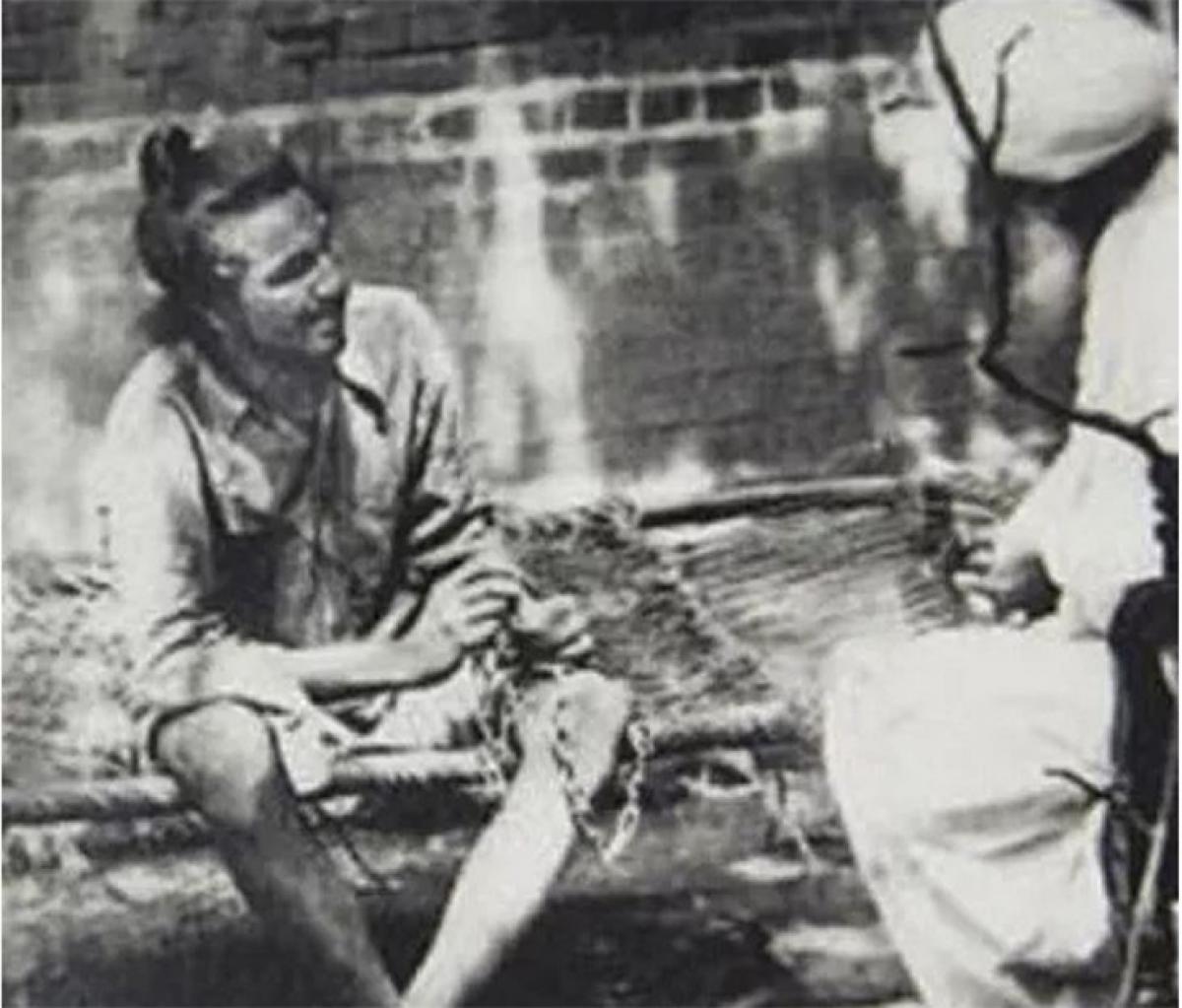
The period between 1905 and 1918 in our national movement is called the Era of Extremists. The Extremists criticised the Modertates on these grounds—failure to define India’s political goals, using mild and ineffective methods and failure to make the movement a mass movement.
British imperialistic colonialism was the chief cause of India’s backwardness in every sphere. Indians were now coming to realise this truth. The peasants and the workers were the worst vicitims of British greed and apathy. The industrialists and the capitalists were also not satisfied with the British rule. The intelligentsia at this time played a significant role.
They were the first ones to realise the true nature of British rule in India. Their initial hope that the British would be benevolent rulers was shattered. Now they could see that the British were greedy and selfish, guided by sheer personal self-interest and that of Britain in general. By the 19th century all Indians were united in that, they had all realised they had a common enemy—the Britishers, who were out to destroy India for their own benefit
From year 1905-1918
The period between 1905 and 1918 in our national movement is called the Era of Extremists. The Extremists criticised the Modertates on these grounds—failure to define India’s political goals, using mild and ineffective methods and failure to make the movement a mass movement.
The Extremists believed in direct political action and in demanding Swaraj or self-rule instead of constitutional reforms. The radical faction of extremists was led by the trio popularly known as - Lal, Bal, Pal i.e. Lala Laj Pat Rai, Bal Gangadhar Tilak, and Bipin Chandra Pal, Bankim Chandra, Swami Vivekananda, Swami Dayananda Saraswari and Aurobindo Ghosh inspired the extremist philosophy by their ideas and preachings.
Curzon’s repressive policies in India, which culminated in the partition of Bengal on communal lines in order to ‘Divide and Rule’, became the immediate cause of agitation. There was an agitation against the partition of Bengal. The means adopted were ‘Boycott’ of foreign goods and adoption of ‘Swadeshi’ or indigeneously produced goods.
The ‘Boycott’ and ‘Swadeshi’ soon spread and became countrywide movements. All sections of the society including students and women became active in the agitaiton. It became a mass movement. The British government used all kinds of violent repressive measures to supress it.
From year 1919-1934
The Montagu-Chelmsford Reforms introduced Dyarchy in the provinces with the Government of India Act, 1919. The Moderates welcomed these reforms, while the Extremists rejected them. The Rowlatt Act was also passed in 1919 to supress political violence. At this juncture appeared a new face in the political arena of India’s freedom movement.
This was Gandhi, who filled the vacuum created in the top leadership of the Congress. Gandhi had led the movement against discrimination meted out to Indians in South Africa. He had used the political weapon called Satyagraha (Truth force, or Love force, or Soul force). His first triumph in India was the Champaran Satyagraha.
This was the beginning of the third phase of the freedom struggle which can be called the Gandhian Era. A movement against the Rowlatt Act was launched. But Gandhi took it back because violence erupted. He was strictly against violence. The Jallianwala Bagh Massacre took place in Amritsar on April 13, 1919. More than 1000 people were massacred on the orders of General Dyer. The Khilafat Movement started in November, 1919.
The aim was to pressurise the government to set right the wrongs done to the Muslims on the issue of Turkey. The Khilafat Movement merged with the non co-operation movement under Gandhi’s leadership. He issued a manifesto on 10th March, 1920 spelling out his philosophy of non-violent, non co-operation. He laid down an elaborate programme to boycott anything British including jobs, courts, schools, colleges, functions and goods.
A constructive programme included promotion of Swadeshi, removal of untouchability and promotion of Hindu-Muslim unity. C.R. Das and Motilal Nehru planned to break the system from within the councils under the banner of ‘Swaraj Party’. But it failed within three years. Revolutionary activities were revived in 1922 and went on till 1934 sporadically. Prominent revolutionaries included the names of Bhagat Singh, Chandra Shekhar Azad, Rajguru, Sukhdev, Bismil, Ashfaqullah and many others.
There were revolutionary communists like M.N. Roy, Dange, and Muzaffar. Some communists were given long term sentences in the Meerut conspiracy case. The Simon Commission was constituted in 1919 and sent to India for reviewing the political situation. It faced non-violence and bitter protest demonstrations everywhere it went, as no Indian was included in the Commission. Lala Lajpat Rai died of injuries he received in a lathi charge while leading a peaceful demonstration at Lahore.
An outline of a constitution for India was drawn as Nehru Report in 1928. In the Lahore Session of the Congress in 1929, the slogan of Purna Swaraj as the goal was adopted; 26th January, 1930 was celebrated as independence day. Gandhi undertook Salt Satyagraha, popularly known as Dandi March, on 6th April, 1930. The Civil Disobedience Movement went on till 1934.
In between there was the Round Table conference. But the Movement had to be suspended. Gandhi retired from the Congress in October 1934. Gandhi took up the cause of the ‘Depressed Classes’ and the ‘Untouchables’, whom he called ‘Harijans’. The Harijans Sewak Sangh was established.
Achievement of Independence
In 1935, Government of India Act was passed. It evolved a concept of All India Federation. Provincial Autonomy was introduced. Only 14 per cent of the population could vote. Separate electroates were provided for Muslims, Sikhs, Indian Christians, Anglo-Indians and Europeans, among others. The Act discouraged the emergence of national unity, encouraging separation and communalism. The Congress condemned the Act, but it decided to take part in the elections.
Elections were held in 1937. Congress Ministers were formed in seven out of the eleven provinces. This brought relief to the people in various ways. Socialist ideas grew both within the Congress as well as outside it. Prominent Congress leaders like Nehru and Bose were also influenced by socialist ideas. The British policy of divide and rule led to communalism.
The British rulers started playing one community against another. They tried to stem the rising nationalism by appeasing the Muslims and inducing them to ask for privileges as ‘minority rights’. Communal electorates were aimed at the same target of dividing Indians and weakening the national unity. As a result of communalism, the two-nation theory was evolved in 1938 and clearly spelt out by Jinnah in 1940.
Non-Muslim communalism never assumed such serious dimensions as the Muslim communalism. It was rather a reaction to the latter. A session of the Hindu Mahasabha was held at Benaras in 1933. The Arya Samaj established by Swami Dayanand and the Shuddhi Movement under the auspices of the Samaj were important movements for strengthening and purifying the Hindu community. Dr Hedgewar founded the Rashtriya Swayam Sewak Sangh (RSS).
This was aimed at awakening and organising the Hindu people as well as imbibing in them an intense spirit of nationalism. The ‘Shakha’ technique was evolved for this purpose. When the Second World War started in 1939, the Congress demanded complete independence. The Cripps Mission, in 1942 offered ‘Dominion Status’ to India at the end of the war. The Congress rejected the offer.
The Quit India Movement for complete independence was launched by Gandhi and the Congress in August, 1942. Movement under the leadership of Jai Prakash Narain were also active during this period. The movement—both violent as well as non-violent—failed, but the British realised that they will have to quit soon. Subhash Chandra Bose and Rash Behari Bose launched the Indian Independence League and the Indian National Army (INA), also called Azad Hind Fauj, at Singapore in 1943.
With the help of the Japanese, the INA reached the Indian borders and captured Kohima. But there was a reversal and Japan was defeated by the British Army. The INA Movement also collapsed while Subhash Chandra Bose was reported killed in an air crash in August, 1945. After the end of the war, elections were held in India in the beginning of 1946.
The Congress won most of the seats. The Cabinet Mission came to India in March, 1946 to speed up the transfer of power to Indians. It published its recommendations on May 16. The Cabinet Mission Plan was an elaborate one for the ultimate transfer of power. There was disagreement on the Plan between the Congress and the Muslim League.
In the course of events, the Viceroy invited the Congerss under Nehru to form an Interim Government. The Muslim League was furious and it resulted in communal riots and a lot of bloodshed. The Interim Government could not do anything as the League did not co-operate and stuck to their demand for a separate Muslim country—Pakistan. British Prime Minister Attlee announced in February, the Plan for the transfer of Power by June 1948.
Lord Moundbatten was sent as Viceroy to India in March to make arrangements for the same. The Congress had to accept the partition of India due to many pressures, especially because of the widespread communal bloodshed and the uncompromising attitude of the League and Jinnah. India became free on 15th August, 1947 after partition. At the stroke of midnight (14th-15th August) transfer of power took place.


